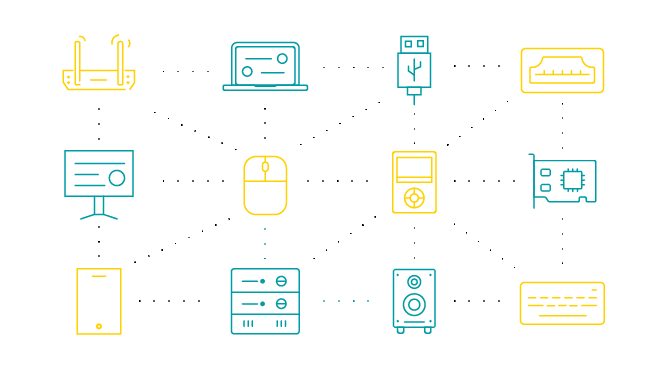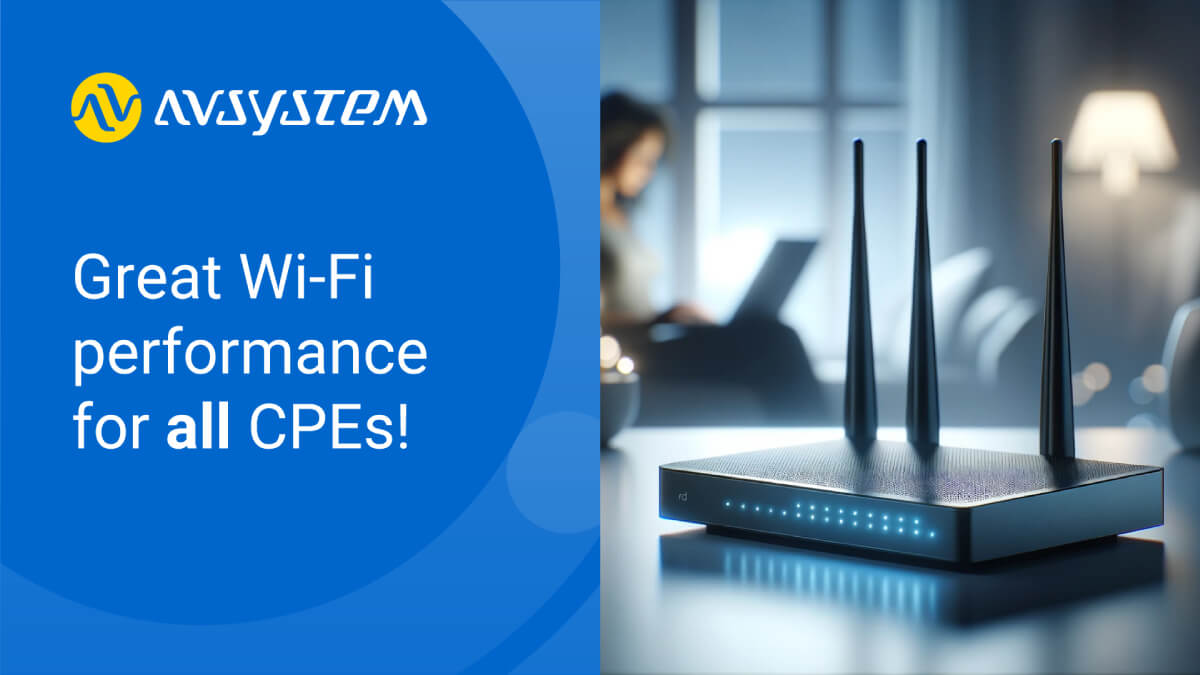How to choose LTE CPEs for smooth functioning of the TR-069 standard

We are aware that in the midst of marketing tricks trying to entice customers into buying a certain product, the process of choosing an appropriate device can turn out to be quite complicated.
This short manual aims to simplify that process for you. It consists of 3 steps, which when carefully followed can significantly increase the chances of choosing a device, that will suit your needs.
First step: Analysis of the needs
The first thing to decide on is how the remote management will be provided. We recommend you to choose established standard in the industry: namely TR-069. In case you want to learn more about it, you can check our TR-069 crash course.
In the process of choosing a device that will suit your needs when managed via the TR-069 protocol, it is crucial to know what procedures you want to perform on it using an ACS system such as UMP Cloud. So define the essentials of the project, at that stage you don’t have to think about the specific devices, rather try to get the big picture on the scope of requirements.
Let’s think for a while what you really want to monitor: RSSI, RSSQ, or maybe BTS-related parameters such as Cell ID?
Considering the specific technology like LTE, don’t forget about fundamental parameters like ones related with Wi-Fi, diagnostics, firmware upgrade, etc. After specifying your requirements, you can research the market to find the set of devices, which satisfy your budget capabilities, as well as functionality and security needs. It is, thus, important to find the best balance between the price of a device and its functionality.

Second step: Device evaluation
Now that you have a set of devices, which can be tested for their TR-069 support, it is good to know that all operations in CWMP are based on data model parameters implemented via device manufacturers which may unfortunately vary a lot. So don’t be deceived by device vendors advertising their devices to be fully compliant with TR-069 standard. In fact, the availability of certain parameters can differ not only between devices models but even their software versions. It is partially caused by the fact that LTE parameters aren’t included in the TR-069 standard. The manufacturer is the one who decides which LTE parameters should be included in the data model. The TR-069 client, which is implemented on the device, may also sometimes cause problems like connection drops or unjustified reboots, so the only one verified methodology of checking the device’s CWMP capabilities is:
- Testing the device’s overall TR-069 support via an automated test
- Connecting the device to an ACS and checking what parameters are really manageable using the TR-069 protocol. You can try to set some parameters, but keep in mind that the functionality available in the device’s GUI can be different than the one via CWMP.
Commonly, the parameters can be named or located not exactly as described in the protocol specification. To handle this issue, leading ACS providers created the concept of a Virtual Data Model. The existing data model, which, as we already know, varies strongly between devices is remapped to the new one—and unified for all the devices hosted on the ACS. Thanks to this feature, the user can perform operations on the heavily diversified population of devices seamlessly just as he would on one type of a device. The Virtual Data Model can also help with another very common problem: the difference in the data presentation format. Let’s take the parameter: InternetGatewayDevice.WANDevice.1.WANCommonInterfaceConfig.TotalBytesSent It’s value may be “1304728443” or “1304728443 bytes” or “1304728.443 kb”. Thanks to the Virtual Data Model, which unifies the format to the desirable one, the data presentation on the group monitoring is available.

Third step: Picking the device
Now that you have your favorite CPEs chosen, check if the device vendor is cooperative and will provide firmware upgrades & customization. That being said, an important product characteristic to check is the time of the update release for the CPE, if any is available. In case of a bug in the firmware, it is good to know whether the device vendor is actually going to patch it. Some device manufacturers are constantly developing/patching their firmware, while others unfortunately stop at the initial firmware when the device is released... It is very easy to undervalue the importance of this part. So tread carefully: the cases where the manufacturer disabled e.g. a password change via TR-069 (which actually was one of the crucial functionalities for the Customer) are not unknown. In such a situation the possibility to contact and negotiate with the device vendor can prove to be the only line of help.
The process of choosing devices is indeed not simple at all. However, we are sure that the time spent on the proper preparation for the final decision can save time and resources in the future.
Recommended posts
- Understanding CPE Requirements for Optimizing Smart Wi-Fi Performance
- Why choose open standards for WiFi service assurance?
- Solving Key Challenges of Fritz!Box Users With Cloud ACS
Subscribe to stay in the loop with all our latest content:
Recommended posts



